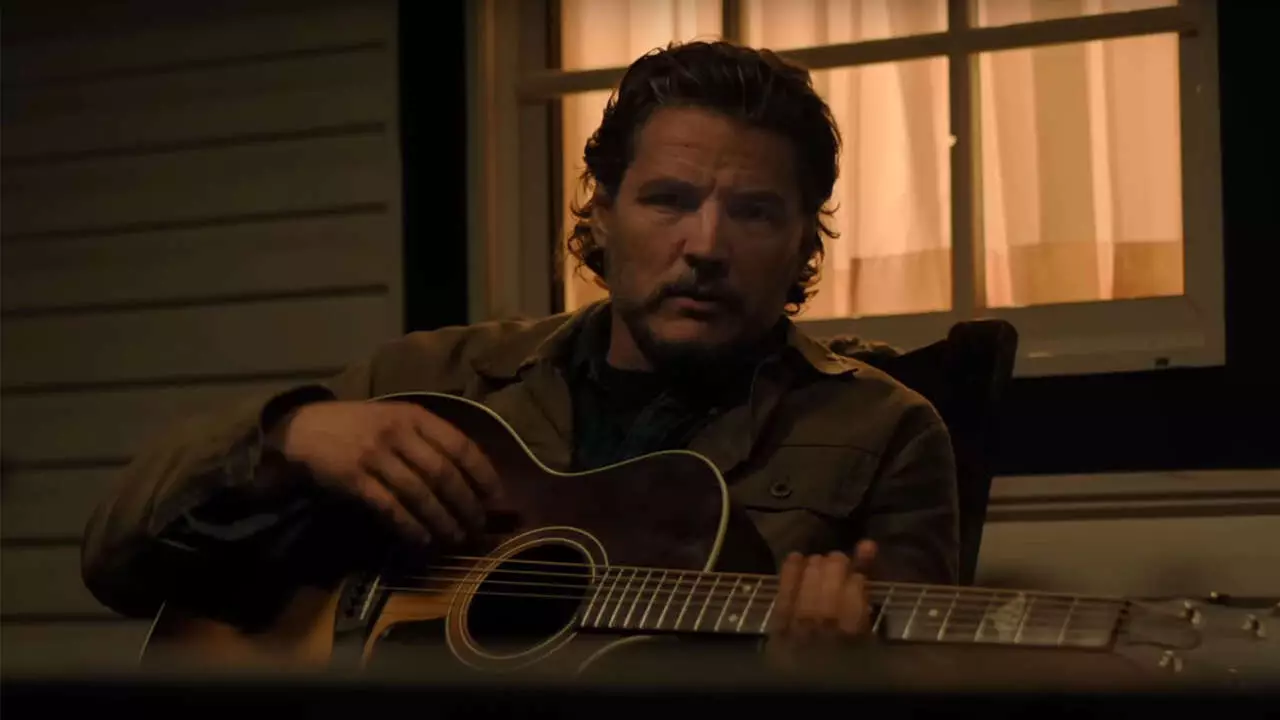In the ever-evolving landscape of video games and their adaptations, Neil Druckmann stands as a notable figure, intricately weaving narrative depth into each project. Recently, he expressed skepticism regarding the development of “The Last of Us: Part 3,” suggesting that the HBO series might encapsulate the franchise’s narrative trajectory. With “The Last of Us Season 2” and the potential for a third season focusing on the sequel’s events, Druckmann’s approach signals a distinct pivot from traditional sequel-making: prioritizing a cohesive and resolute storyline over endless expansions.
Druckmann’s commitment to a “definitive ending” underscores his narrative philosophy. Not comfortably resting on the success of the original game or its sequel, he asserts that every arc must culminate in a satisfactory closure. This insistence on a clear resolution reflects a broader trend in storytelling, where audiences increasingly demand meaningful conclusions rather than open-ended narratives that leave plot threads dangling. Druckmann’s proactive stance appears to be a response to both his creative responsibilities and an understanding of audience anticipation.
The Complexity of Creative Endeavors
Druckmann is also juggling numerous projects, including HBO’s adaptation efforts and Naughty Dog’s upcoming venture, “Intergalactic: The Heretic Prophet.” This balancing act of significant projects may amplify the difficulties inherent in game and television production. The announcement regarding “Intergalactic” being postponed until 2027 at the earliest only adds layers to his workload. Such constraints could intensify the creative pressure, necessitating a sincere focus on executing the best possible closure for “The Last of Us.”
This situation raises pivotal questions about the production philosophy in the entertainment industry. Does Druckmann’s tight creative vision stifle potential new narratives within “The Last of Us” universe? Are we seeing a strategic retreat from the goldmine of narratives that can be explored? The fear of overstaying one’s welcome in a narrative landscape might constrain creativity, ultimately serving to limit the world-building potential that drew audiences initially.
Innovative Strategies and Collaborations
On a more engaging note, the synergy between the gaming world and consumer products, such as the limited-edition coffee blend inspired by the show, marks a creative intersection. The introduction of cordyceps mushrooms into this coffee blend not only serves as a clever marketing strategy, but it also deepens the lore that fans cherish. Despite Druckmann’s heavy workload, partnerships like these can grow the franchise’s cultural footprint without diluting its core narrative essence.
Furthermore, as “The Last of Us” transitions from a gaming phenomenon to a prominent television saga, the alterations regarding character introductions, such as Kaitlyn Dever’s Abby, illustrate a thoughtful adaptation process. This mindful reworking suggests a deeper understanding of viewer expectations and the narratives necessary for compelling television.
While the franchise hovers on the precipice of potential finality under Druckmann’s guidance, it is clear that the narrative integrity he insists on sets a high standard. The weight of storytelling is not just in its continuation, but in the emotional and thematic resolutions it offers. As anticipation builds toward the upcoming seasons, the self-imposed pressure for narrative mastery could either cultivate remarkable storytelling brilliance or cast a shadow of uncertain futures. The stakes have never been higher for Druckmann and “The Last of Us.”

